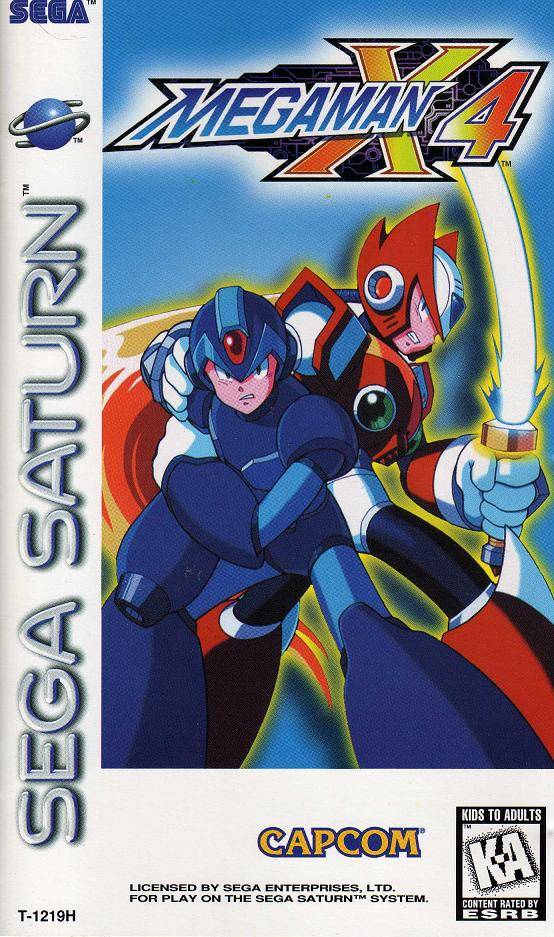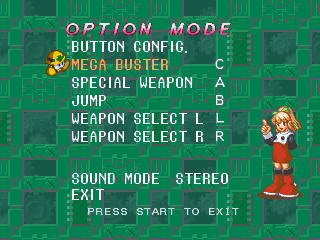
Like Mega Man 7, the player completes an introductory stage and is presented with four Robot Master stages (Tengu Man, Frost Man, Grenade Man, and Clown Man) to tackle in any order. Enemies can be destroyed to reveal items used to refill Mega Man's health and weapon power. The player can run, jump, slide, shoot, swim, charge the Mega Buster, and change weapons. The player, as Mega Man, must complete various stages that contain side-scrolling action and platforming elements. The gameplay of Mega Man 8 is similar to that of its predecessors. Mega Man 8 retains much of the same gameplay featured in previous titles of the series. A true sequel to the game, Mega Man 9, would not be released until 2008 and would revert to the graphical and gameplay style of the early NES games.

Mega Man 8 was followed by Mega Man & Bass, a 1998 spin-off game for the SNES and later Game Boy Advance. However, the game was a moderate commercial success and was re-released on best-seller lines in Japan and North America.

This resulted in an overall average or mixed critical reception. However, several other critics were displeased by this same lack of innovation, finding that it does not utilize the full potential of the 32-bit platforms additionally, the English-language version of the game received considerable criticism for its voice acting, which was perceived by many as being comically poor-quality. Many reviewers appreciated the aesthetic and gameplay qualities of Mega Man 8 when compared to its earlier counterparts. It received a moderately positive reception. Aside from a few minor conventions, the game utilizes the same 2D side-scrolling and platforming formula established by its predecessors on the NES and Super NES platforms. Mega Man is charged with stopping Wily's evil plans to use the energy, and discovering the purpose of a mysterious, alien robot found at the crash site.Īlong with new animated full-motion videos (FMVs) and voice acting, Mega Man 8 features improved graphics and sound when compared to previous iterations in the series. The plot begins as the humanoid robot Mega Man is called to investigate an energy reading coming from a recent meteor crash on an island. Mega Man 8 is the first game in the series made available on 32-bit consoles.


The following year, Mega Man 8 saw a release on the Sega Saturn and was localized for both consoles in North America and the PlayStation alone in PAL regions. It is the eighth installment in the original Mega Man series, and was initially released in Japan on the PlayStation in 1996. Keiji Inafune, who was also an artist for the series, was given the role of producer after the departure of Tokuro Fujiwara, who had been producer for the series since Mega Man 2. It was directed by Hayato Kaji, who had previously worked on the series as an artist. Mega Man 8 is an action- platform video game developed and released by Capcom in 1996.


 0 kommentar(er)
0 kommentar(er)
